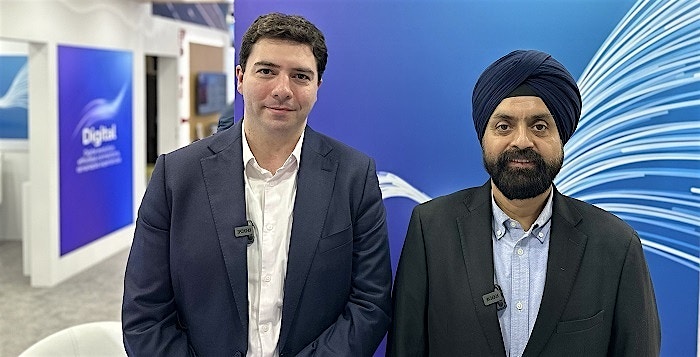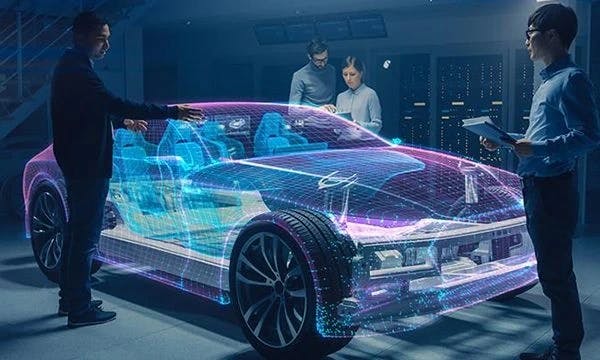The deployment and adoption of 5G technology presents numerous challenges that organizations and telecommunication companies are working to overcome. At Mobile World Congress (MWC), Gurpreet Singh Kohli (GSK), Global Business Head – Telco and Enterprise Networks at HCLTech, shared insights that will accelerate the path to widespread adoption, while revealing exciting use cases emerging in the market.
The path to widespread 5G adoption: Private and public
“Private 5G networks are still in a nascent stage, as far as deployment is concerned. Wi-Fi is the predominate technology,” said Kohli.
However, he predicts that in the next 18 months, we will witness significant deployments of private 5G networks, leading to the integration of advanced applications and improved operational efficiency across various sectors.
These will be built on ultra-low latency and high-density connections. For instance, within a manufacturing environment, sending autonomous drones carrying products between different shop floors requires precise positioning and control. The capability to manage a large number of drones operating simultaneously necessitates robust private 5G networks.
“HCLTech is utilizing both large language models [LLMs] and small language models (SLMs) for evolving private 5G use cases,” added Kohli.
In public 5G, Kohli recognizes that the technology is already available, allowing for increased data transmission and lower latency. However, monetization of these 5G services remains a challenge.
Use cases and impact
While many use cases are currently being explored, Kohli pointed to certain applications that are already showcasing the potential of 5G technology.
One such example is the deployment of connected cameras in smart cities that can utilize facial recognition in near real-time. This technology allows for the timely identification of individuals, aiding in crime prevention and with helping locate lost children.
In the banking sector, the ultra-low latency of 5G can provide real-time security checks. By quickly verifying a person's trustworthiness upon entering a bank or standing in front of an ATM, immediate action can be taken, such as alerting the police or bank manager. This application can significantly enhance security measures in financial institutions.
Another noteworthy use case discussed by Kohli involves private 5G-operated laptops within a secured plant environment. These laptops utilize private 5G SIM cards, providing access to internal applications. Once outside the plant, the SIM switches to public 5G, limiting access to external applications for added security. This approach ensures data integrity and safeguards sensitive information.
A positive 5G-enabled future
While both public and private 5G networks are still evolving, the integration of advanced applications and improved operational efficiency are on the horizon. “Within 18-36 months, 5G will mature” and 5G-enabled use cases will be widely adopted and deployed.
As organizations and telecommunication companies invest time and resources into building the necessary infrastructure, the 5G-enabled future holds great promise for a more secure, sustainable and connected world.





